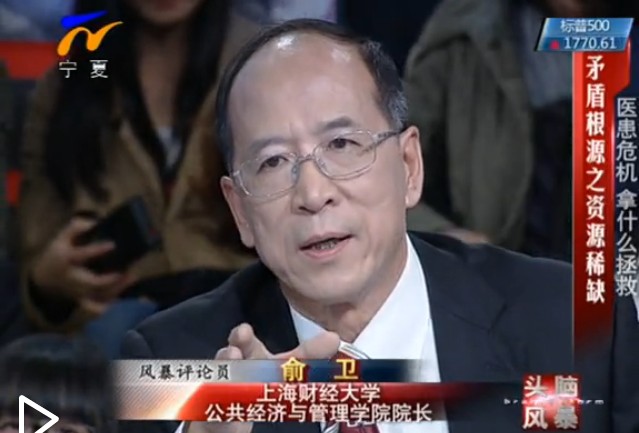On November 25, in Wenling Zhejiang, a patient broke into People's Hospital with a knife and successively stabbed at three doctors who were still focusing on their work, causing one death and two injured. This is another doctor-slain event after the incident in Harbin Medical University the previous year, attracting the whole society's attention and pushing the current doctor-patient relationship to a new extreme. According to Xinhua news agency, the number of doctors died of medical disputes reached 7 last year. Another separate data indicates that the average number of using violence to injury the medical staff events happened in each hospital, raised from 20.6 in the year of 2008, to 27.3 in 2012. Whether the problem could be solved, while the doctor slain events happened so frequently?
Aiming to solve this problem, the CBN Brain Storm Column held a special Topic How to Save Doctor-patient Crisis. The Program invited professor Li Ling from Peking University, professor Yu Wei from Shanghai University of Finance and Economics, Li Huiping from Shanghai Pulmonary Hospital affiliated to Tongji University and other experts and scholars as interview guests.
The following is the main idea of Professor Yu Wei’s Speech:
The operation of hospital, according to our analysis, is faced with double pressures, and to expand the scales should be the only choice. One of the pressure comes from State Council’s Suggestions on Medical Reform in 1990s, which pointed out that government would support the construction of hospital but not provided money. Therefore, there is two major tasks for directors. One is to ensure staff’s income which need to be increase every year. The other is to afford the development necessities like equipment and staff training. This led to the high cost of medical service. The other pressure comes from the recent medical reform with a focus on reducing medicine’s profit. As a result, the medicine added price reduced from 30% before 2006 to current 15% and net income reduced 6-7%. The only choice is to raise the amount if we still expect a rigid increase. Directors should keep a health capital system.


